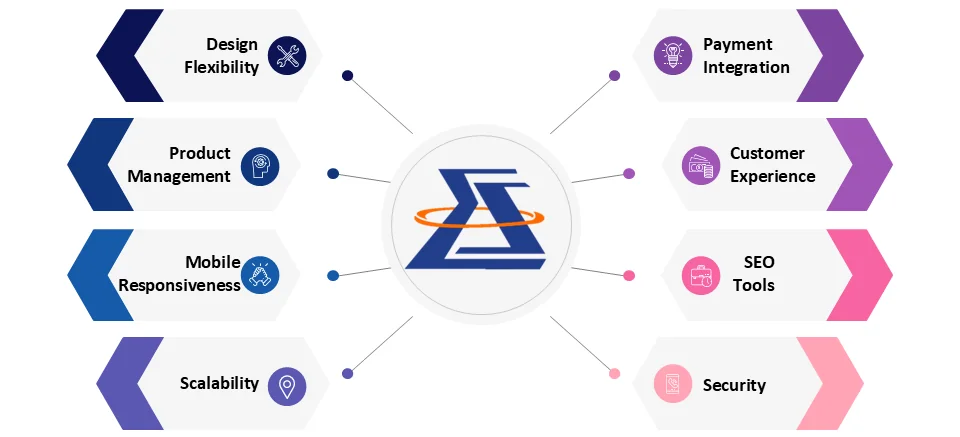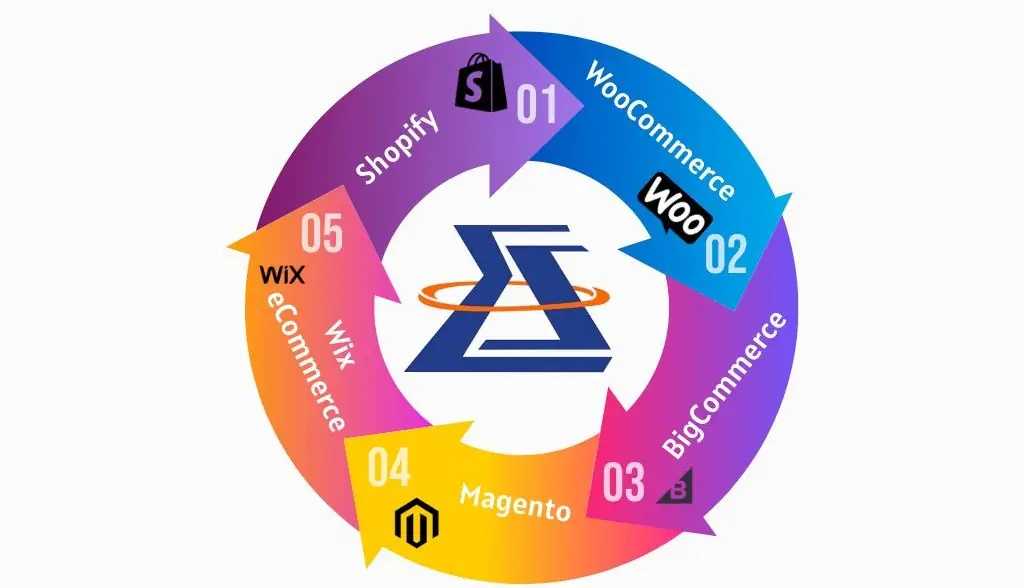How to Choose the Right eCommerce Platform for Your Beauty and Cosmetics Brand
Introduction
Beauty is no longer in the eyes of a beholder but the one who puts on cosmetics products. Banter aside, one can sense the magnitude of the global cosmetics market, which is expected to be worth up to USD 580 billion by 2027. The reason is the volcanic explosion of cosmetics eCommerce platforms.
It is essential to know about the best eCommerce platform for beauty and cosmetics, so the beginning is to explore the beauty of eCommerce website development. The challenge of creating a user-friendly eCommerce platform for makeup with attentiveness and responsiveness is as complex as designing a featured Volkswagen.
Picking the right eCommerce platform for beauty products empowers businesses in many ways, from communicating with customers in a better way to easing out competition. Business performance in the eCommerce sector pretty much depends on how an eCommerce platform is built and how it performs on the backend. An eCommerce web development company in the USA simplifies the development process and improves the brand’s identity and visibility.
As such, this blog has been custom-designed to help beauty and cosmetics brands navigate the maze of eCommerce web development. We have gone through features and recommended top eCommerce development platforms, as well as their strengths and weaknesses. Here, we have descended an effective step-by-step guide that you can follow to select the best eCommerce platform for beauty and cosmetics.
Understanding eCommerce Platforms
What is an eCommerce Platform?
A beauty product eCommerce website is a web development solution that gives businesses technological tools that they use to operate their online stores. Features of the eCommerce platform for makeup usually consist of functions that are related to product catalog, payment, orders, and customers’ relations, which are the foundation of your online cosmetics store.
Why Choosing the Right Platform Matters
The decision of selecting the beauty eCommerce website development services can be the make or break of your online beauty store. As you will see, it concerns every aspect of the user experience and the site’s performance, as well as scalability and security. Properly selected eCommerce platforms for beauty products improve business processes, generate customer satisfaction, and contribute to sustainable development.
Key Features of a Beauty & Cosmetics Ecommerce Platform

Customization and Design Flexibility
Search for applications with great focus on beauty-related topics and with the ability to adjust the interface. Your online beauty store must establish and maintain your brand’s image while attracting beauty customers.
Product Management
Beauty brands require proper management of products to meet the goal that has been set. Looking at the variety of products available on these platforms, it is good to look at those with good inventory management systems that allow easy management of multiple SKUs, variations, and detailed descriptions.
Mobile Responsiveness
Considering that more than 70% of beauty products customers purchase through mobile devices, having a mobile responsive design is mandatory. By doing so, ensure that the platform you choose provides smooth mobile purchases.
SEO and Marketing Tools
Pick a platform that already incorporates SEO and a set of marketing tools. It is important to find solutions that have support for meta tags, sitemaps, email marketing, and social buttons.
Payment Gateway Integration
Your platform should cater to different modes of payment, such as credit cards and digital wallets. Make sure that it provides safe and PCI-compliant payment services to keep the client’s information safe.
Customer Experience and Support
This has features such as live chat customer reviews or a simplified return policy. Also, pay attention to the qualitative support options available in case of a problem with the platform.
Scalability and Performance
This means that your chosen platform must be able to accommodate growth and traffic as well. When you are redesigning your software as your business grows, try to look for those that will be compatible with third-party apps.
Compliance and Security
You should ensure that the selected platform meets such requirements as GDPR/PCI conformity, for instance. It’s very important for any person in the beauty industry to ensure the protection of data, as its customers are susceptible.
Pricing
Examine all the following costs related to every platform: the initial fee for setting up a platform, some costs required to perform a single transaction, and the cost to maintain a platform. Do not look primarily at short-term costs; look for long-term benefits.
Top 5 Ecommerce Platforms for Beauty and Cosmetics Brands

Shopify
Overview:
Shopify is the apple of the eye for cosmetics brands because managing the Shopify backend is extremely easy with user-friendly design and backend tools.
Key Features:
Customization: You can make changes to ensure that your brand is cohesive across all of the company’s items.
Integrations: Convenient application store that comprises the tools for beauty marketing, sales, and customers.
Ease of use: Easy to use and has features that appeal both to first-time players and the more experienced players.
Assess Your Brand’s Needs and Goals:
It is also necessary to state clear problem-solution fit needs for your beauty brand, such as budget, its growth rate, and the features to be incorporated. Think about the kind of products you offer and what would be the goal of your business in the future.
Consider Your Target Audience:
The second tip here involves understanding your customers and what they would like to buy. Select the platform that caters to the needs of the customers, such as mobile shopping, social media connectivity, or the mode of payment preferred.
Compare Features and Pricing:
In this case, it will be important to compare various features and perform a cost analysis of each of the platforms under discussion. Since all the platforms are quite similar, make a list of the essential requirements for the platform and analyze how each of the options meets these requirements.
Read Reviews and Case Studies:
Carry out research and find out the experiences of beauty brands through these social media platforms. This can give real-world information about the performance, difficulties, and achievements of the company.
Test and Evaluate:
This can easily be done by subscribing to a free trial so as to feel the usability and interactions of every platform. It is more hands-on and will enable the consumer to make a decision based on their preferences for the unique product.